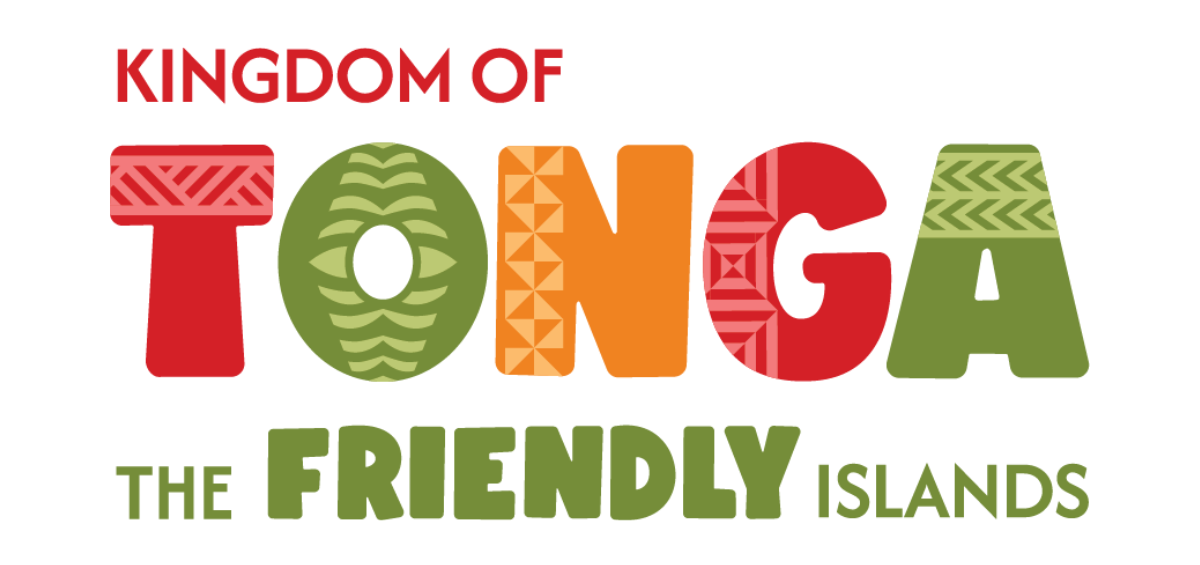The Battle Between SEO and User Experience
By Tomahawk on
Which one is really more important? SEO or User Experience? We say both! And equally so. Some claim that these two concepts are diametrically opposed. They say these two will never meet eye-to-eye and have been waging war against each other for the longest time. The truth is, they can work together rather well.
But, first things first, let us define these two concepts:
- SEO or Search Engine Optimization – this is the act of purposely optimising your website via on-page and off-page tasks to help it rank better in search engine results pages.
- UX or User Experience – refers to the process of enhancing user satisfaction of a website focusing on accessibility, usability and aesthetics.
Both actually work toward providing a service and aim for completing whatever conversion goals have been set for the website. SEO helps visitors find your website while UX keeps them engaged and funnels them closer to the end of the purchase process. Both are extremely important to your website’s performance.
So where does the conflict lie? Structure is one of the main contending issues that have surfaced several times, particularly the use of one-page websites. UX designers love the clean look of one-page sites with parallax scrolling or beautiful JavaScript sites. In the eyes of an SEO, however, this is a technical nightmare! It is extremely difficult to attract traffic for multiple keywords with just a one-pager.
The solution? Talk about the pros and the cons of having a one-page website versus having the more traditional html-based ones with several crawlable pages. You may find that you can deliver the same experience and usability with websites that have more than one page. SEO and UX can meet in the middle by having a well-structured navigation.
Another bone of contention is imagery. Traditional UX experts know that stunning images rock! They do and they can affect conversions positively. However, what is not okay for both user experience and SEO are the heavy images. Generally, images that go over 100 kb, weigh down the page and slows the loading time – this is bad for both SEO and usability.
The battle between SEO and UX is not as fraught with conflict as many think – the issues that affect SEO and UX can easily be resolved by aligning it with the overall goal to serve the end-user. It is also important to know that Google (and other search engines) are increasingly emphasizing the importance of user experience. As such, websites that do a good job of meeting the needs of actual website users have a better chance of ranking higher on the search results. So, instead of letting SEO and UX butt heads, let’s go back to basics and target attracting visitors to the website and converting them into customers. When all parties agree to this, the battle has been won and the end-user is the victor.
Read more articles
Tonga launches new destination brand: The Friendly Islands
By Tomahawk |

The Kingdom of Tonga has unveiled its new destination brand, “Kingdom of Tonga: The Friendly Islands”, developed in partnership with Tomahawk.
Drawing on Tonga’s globally recognised nickname, The Friendly Islands, the new brand...
The Evolution of Content
By Tomahawk |

If you're a tourism business trying to stand out online today, you’ve likely felt the challenge of producing content that actually gets noticed. The right content done well will help to drive visibility, trust, and engagement across...
